Why does the monarch’s effigy appear on coins?
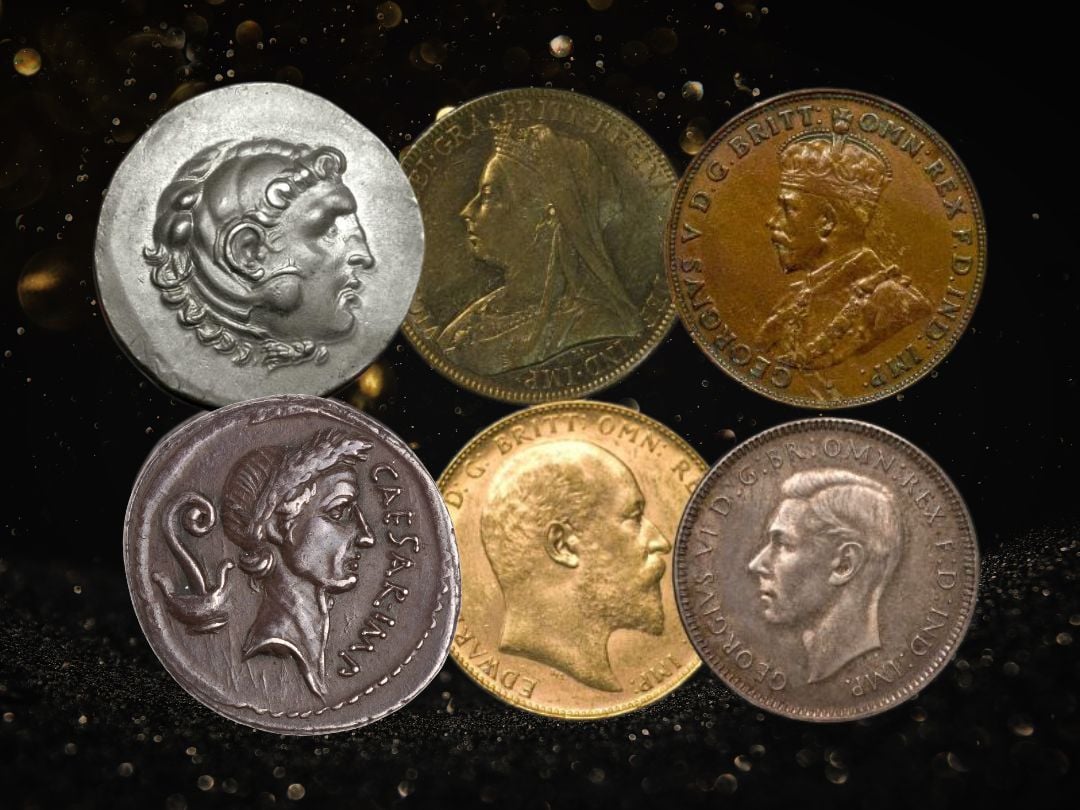
In numismatics, effigy describes a specially prepared portrait on the obverse, or ‘heads’, side of a coin.
On early coinage, simple imagery was often used to represent ancient gods. Over time, however, these portrayals were replaced with effigies of important people. Also referred to as busts, modern coin effigies offer detailed and accurate portraits of kings, queens, and presidents.
One of the first leaders to become a familiar sight on coins was Alexander the Great. King of Macedon between 336 and 323 BC, he created a huge empire encompassing the eastern Mediterranean, Egypt, the Middle East, and parts of Asia. But when the empire broke up after his death, leaders in the new Hellenistic kingdoms demonstrated the value of coins as political propaganda by using his effigy to successfully legitimise their own power.
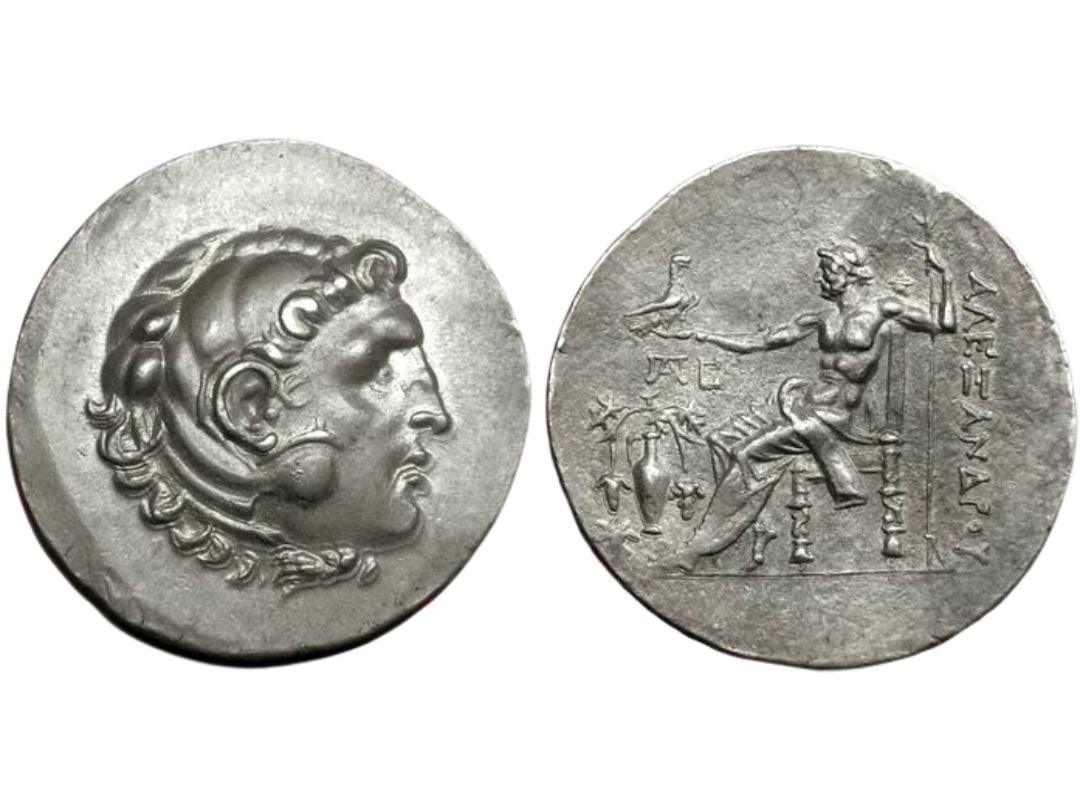 Tetradrachm portraying Alexander the Great. Attribution: Alexander the Great Temmos c 188 -180, by Ancientcointraders, https://www.ancientcointraders.com/,(CCBYSA 4.0)
Tetradrachm portraying Alexander the Great. Attribution: Alexander the Great Temmos c 188 -180, by Ancientcointraders, https://www.ancientcointraders.com/,(CCBYSA 4.0)
In Rome, Julius Caesar was the first leader to see his own portrait on a coin. He wanted to demonstrate his absolute power throughout the Republic – a move that further enraged rivals, including Brutus, who assassinated Caesar in 44 BC. From then on, however, all Roman Emperors minted coins bearing their own likeness.
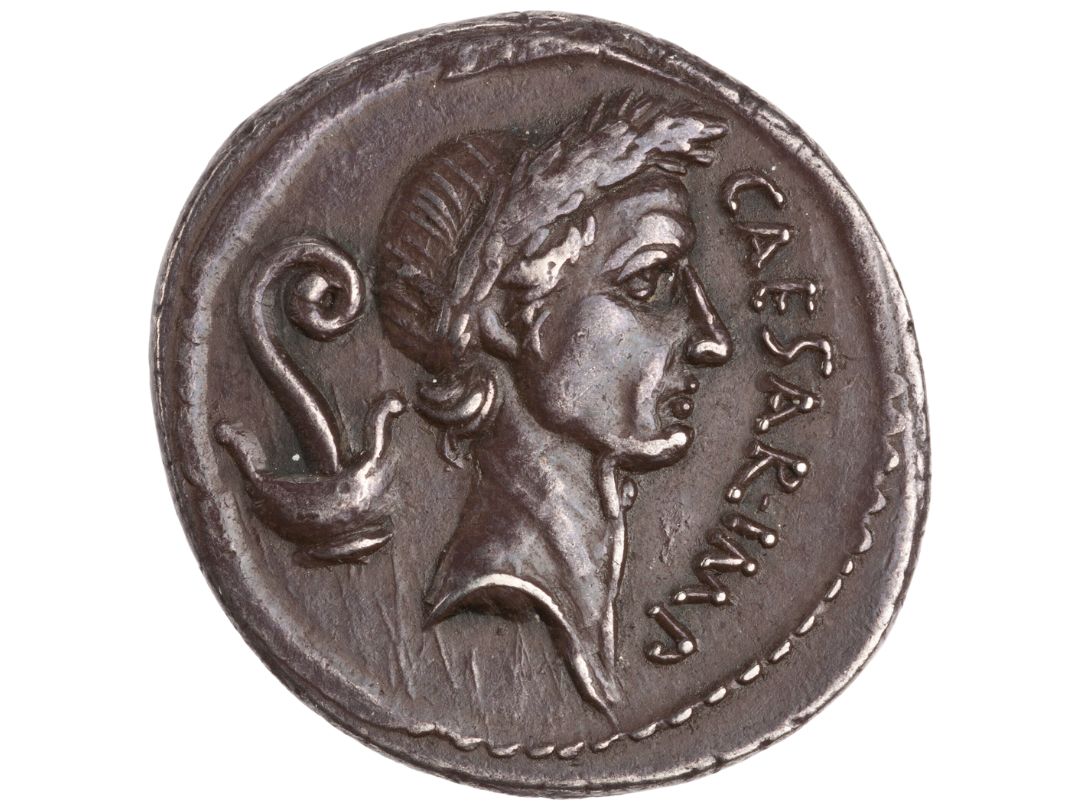
Silver denarius featuring a portrait of Julius Caesar.
Early kings of Britain also used coin effigies to underline their importance to the realm. With the rise of the House of Tudor in the 15th century, monarchical coin portraits tended to be shown in profile, a convention that continues to the present day.
In contemporary Australia, the Currency Act requires that the official effigy of the reigning monarch must be on all our coins. Symbolising official legal tender status and thus acceptability in return for goods and services, the effigy is an intrinsic element of our coinage and one of the key points of interest for collectors and numismatists.
Left and right facing effigies
King Charles II, who was restored to the throne in 1660, 11 years after England had become a republic, is shown facing to the right (as you look at his coins). It was said he wished to "turn his back" on Oliver Cromwell, who as Lord Protector of The Commonwealth, had coins struck featuring his left facing profile. Fact or fiction, it set a precedent which means each new monarch faces in the opposite direction to his or her predecessor.
Coin effigies struck at The Perth Mint
Queen Victoria
Opened in 1899, The Perth Mint has struck coins featuring the images of five British monarchs. The first dies to arrive from London portrayed Queen Victoria facing left. Thomas Brock’s ‘veiled head’ was the last of three major portraits designed for coins spanning her 64-year reign. Also known as the ‘old head’ or ‘widowed head’, it was shown on sovereigns manufactured in Perth between 1899 and 1901.
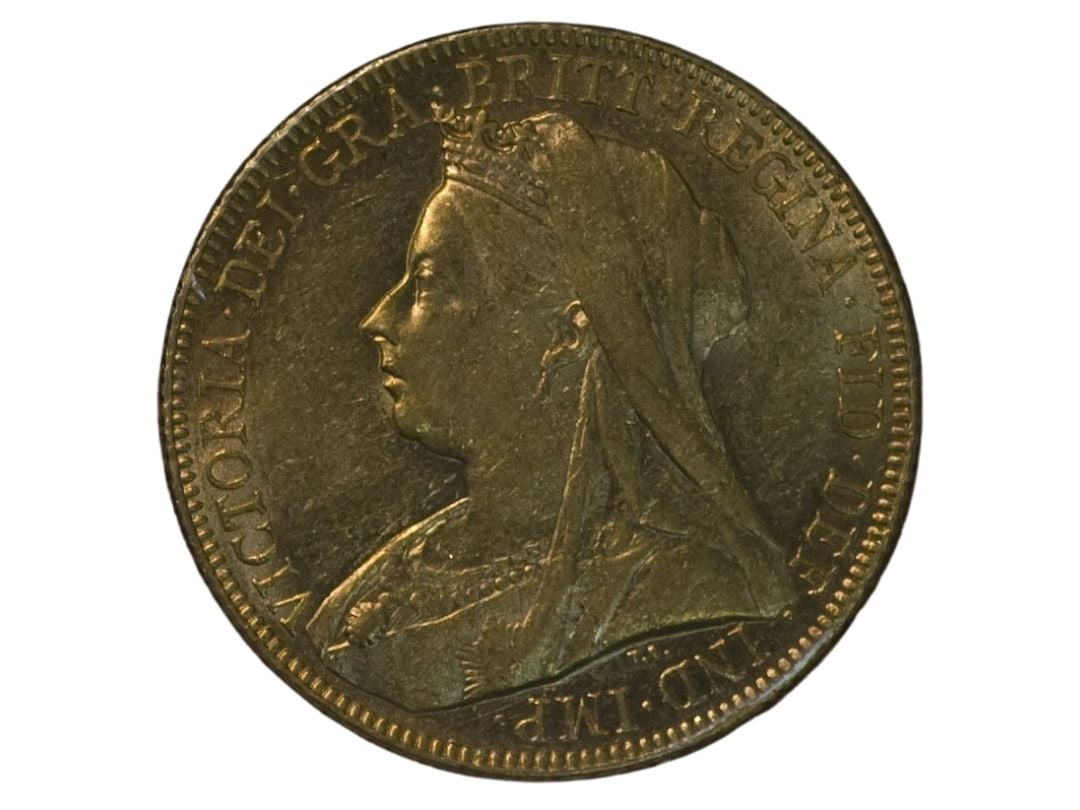
The obverse of this gold sovereign struck at The Perth Mint in 1899 portrays Queen Victoria’s veiled head.
Noted for its relatability, the artistry acknowledged the fact that Victoria mourned her husband for 40 years. Thought to convey her indomitable spirit, as well as steadfast loyalty to both family and country, the public considered it an attractive and popular portrait.
King Edward VII
In 1902, The Perth Mint began striking sovereigns for King Edward VII. As demonstrated by the veil over his mother’s crown, the appearance of effigies could vary in accordance with the wishes of the monarch being depicted. Edward, who remained on coins until 1910, preferred to be shown uncrowned, in line with pre-Victorian customs, while facing right.
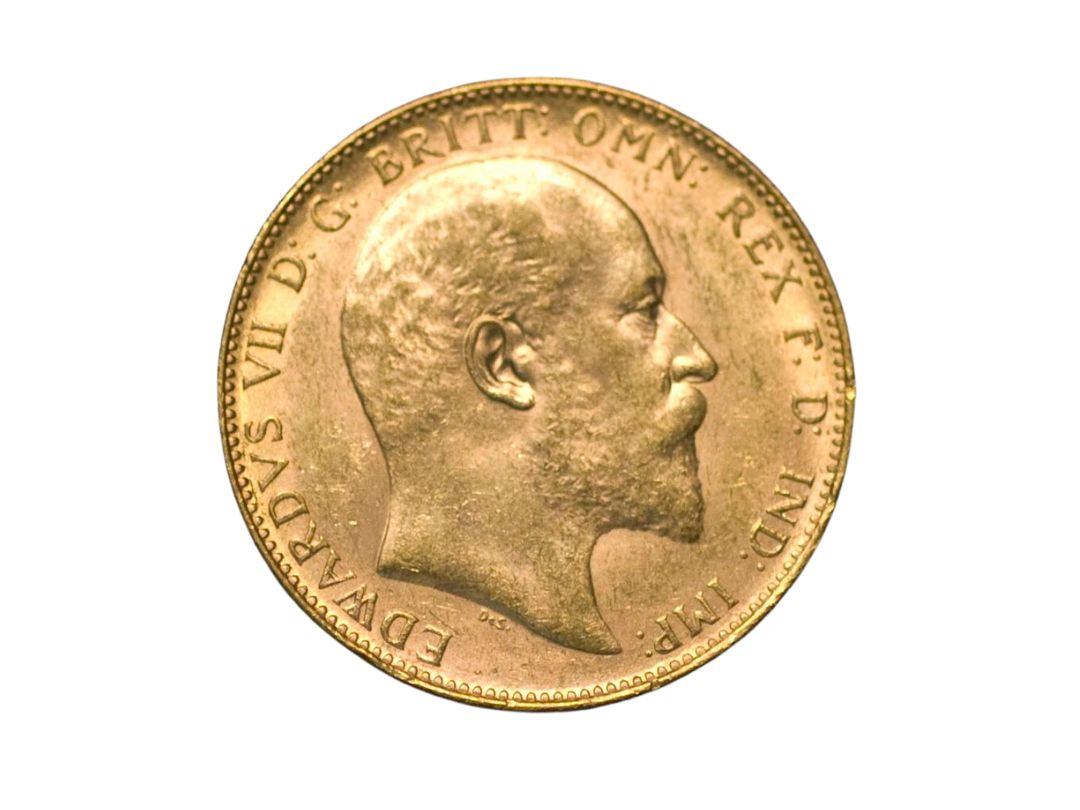
Facing right, the effigy of Edward VII appeared on coinage between 1902 and 1910, including ‘P’ sovereigns.
The effigy was created by George William de Saulles, who had engraved the veiled head obverse. The new King granted him two sittings immediately after the Queen’s death. The highly-recognisable work set the standard for the first half of the 20th century in that the image appeared truncated - cut at the lower edge of the neck.
King George V
George V is of particular interest at The Perth Mint. In July 1901, the future King became the first and only member of the Royal Family to visit the Mint, where he received a rapturous welcome.
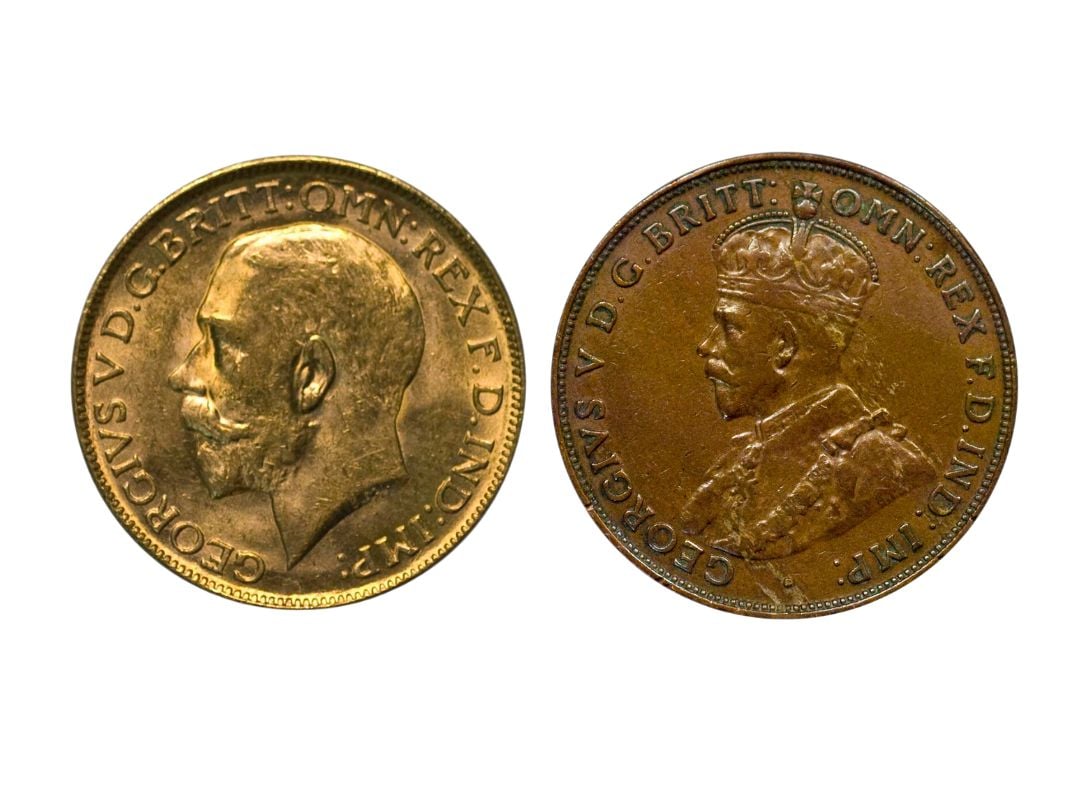 Facing left, the crowned and uncrowned effigies of George V were created by Australian sculptor Sir Edgar Bertram Mackennal.
Facing left, the crowned and uncrowned effigies of George V were created by Australian sculptor Sir Edgar Bertram Mackennal.
Another reason for interest is that George’s coin effigies were designed by Sir Edgar Bertram Mackennal, who has been described as the most significant Australian sculptor of the 19th and early 20th centuries. The King was obviously delighted by his work, conferring a Knight Commander of the Victorian Order on him in 1921.
Mackennal’s uncrowned effigy (and the later modified version) showing George facing left appeared on ‘P’ sovereigns for 20 years up to 1931, their final issue date. Dies for Mackennal’s crowned effigy were delivered to The Perth Mint for the production of 1922 pennies, our first copper coins.
King George VI
In contrast to convention, Thomas Paget’s effigy of Edward VIII showed his favoured left-hand side. But Edward was never crowned, opting instead to abdicate in favour of his younger brother, George VI, and the design was never minted on circulating coinage.
A measure of the success of the Edward portrait is evident in the fact that Paget was solely commissioned to design an effigy for the coins of George VI, who became King on 11 December 1936.
By deciding to face left, the same as his father, George acknowledged his brother’s short uncrowned reign. Paget rose to the occasion with a likeness considered by the Royal Mint to be “simple, unaffected, well-balanced”, and as “near perfect from a technical point of view” as the venerable institution could have hoped for given the rush to complete the work.
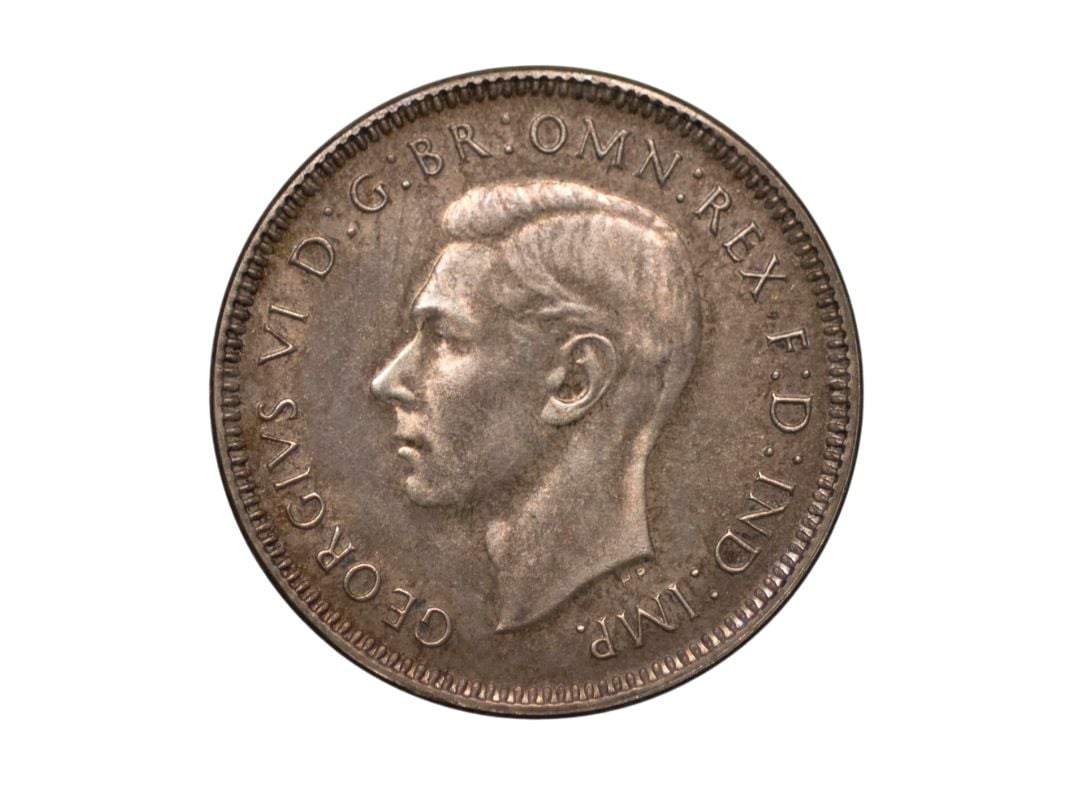
After the abdication of Edward VIII, the coins of George VI show him facing left, as on this 1946 shilling struck at The Perth Mint.
It graces the only Australian circulating silver coin produced in Perth – the 1946 shilling, but was stamped many millions of times by The Perth Mint on Australian pennies and halfpennies between 1942 and 1952.
Queen Elizabeth II
Queen Elizabeth II’s right facing profile appeared on coinage for the first time in 1953. Five of the six official likenesses for Australian coins grace a range of Perth Mint issues: pennies, halfpennies, decimal one cent and two cent pieces, as well as spectacular precious metal releases for collectors and investors.
Read more: Six royal effigies of Her Majesty Queen Elizabeth II on Australian coinage.
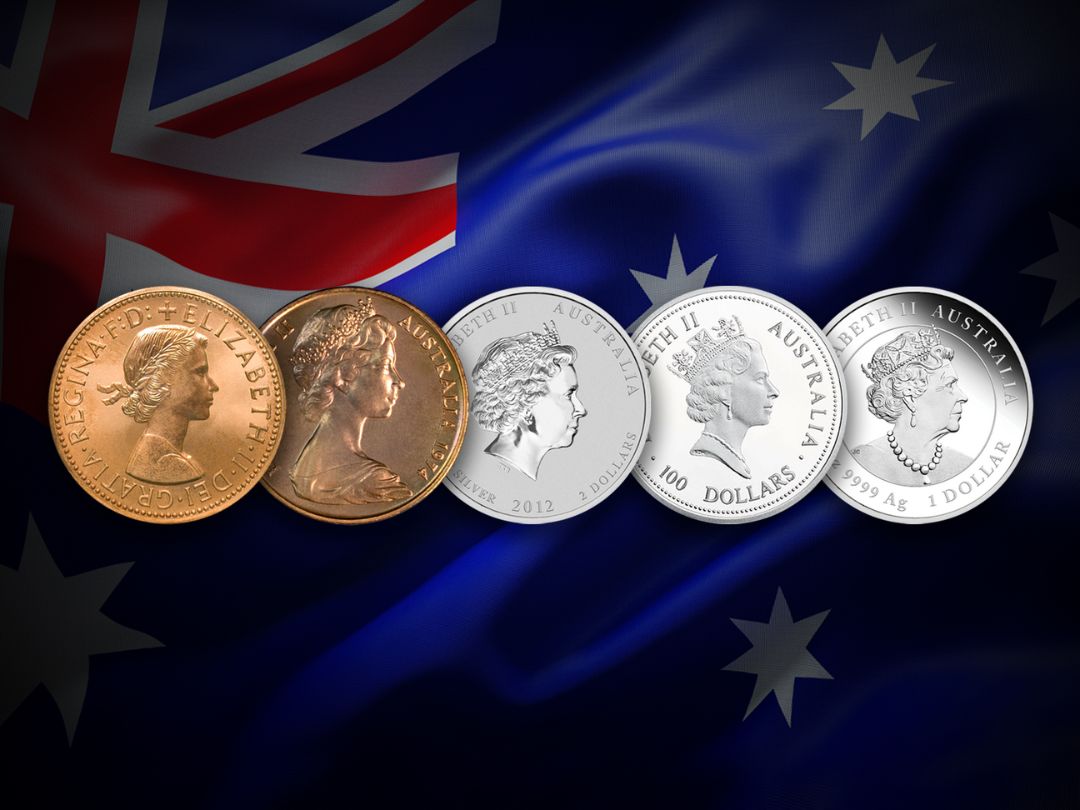
Idealised and realistic, uncrowned and crowned, truncated and with shoulders – this body of work reflected the different styles and trends that emerged during the reign of Britain’s longest serving monarch. Even though they were created by different artists, the Queen appeared to grow old graciously, helping maintain the public’s empathy and affection through her seven decades on the throne.
A new royal effigy
Elizabeth II died peacefully on 8 September 2022, the crown passing to her son, His Majesty King Charles III. At Australia’s oldest operating mint in Perth, it will be our honour to produce coins featuring a sixth monarch, which we expect to commence in early 2024.















